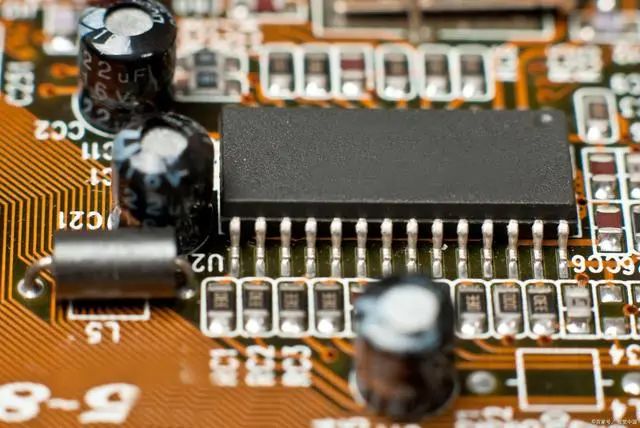How to correctly detect the IGBT in the car
IGBT is one of the core components in the inverter, and its function is to convert direct current into alternating current. Therefore, the working reliability of the IGBT directly determines the performance stability of the inverter. Once there is a problem with the IGBT, it will cause the failure of the inverter, and even cause irreversible damage to the entire system. So how to detect whether the IGBT is good or bad?
1. Appearance inspection
First of all, we can preliminarily judge its quality through the appearance inspection of IGBT. When inspecting the appearance, we need to pay attention to the following points: (1) Observe whether the IGBT has cracks, deformation or other abnormal conditions. (2) Take anti-static measures, do not touch or bend the IGBT pins to avoid pin breakage or short circuit. (3) Check whether there is damage or contamination on the surface and inside of the chip by electron microscope and other detection means.
2. Electrical parameter test
Appearance inspection can only preliminarily judge the quality of IGBT, and a more rigorous method is to test its quality through electrical parameter testing. Common electrical parameter tests are as follows: (1) Static electrical parameter test: test the
voltage tolerance of IGBT through forward voltage and reverse voltage, and parameters such as drop voltage drop. (2) Dynamic electrical parameter test: By testing the IGBT's turn-on and turn-off time, on-resistance and other parameters under a certain load. (3) Static current and power test: Test the withstand current and power of the IGBT under specific working conditions.

3. Temperature test
The quality of IGBT is closely related to its working temperature. Under normal circumstances, the temperature of the IGBT will not exceed its rated temperature, otherwise it may lead to its performance degradation, or even extreme situations such as fire. Therefore, in the process of IGBT selection and use, we must pay attention to its working temperature. Common temperature testing methods include infrared testing and thermistor testing.


